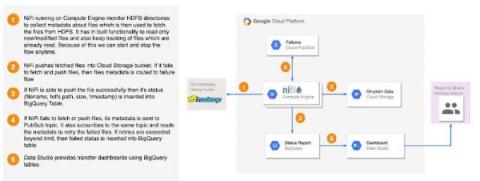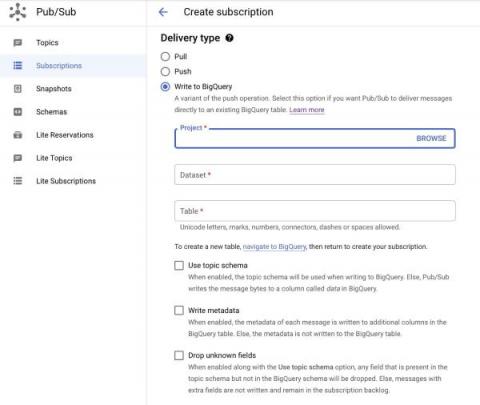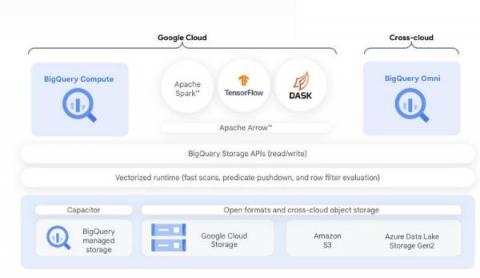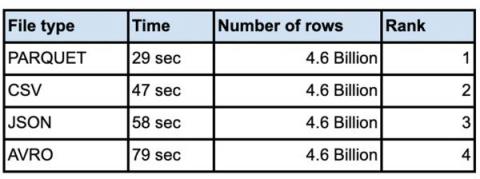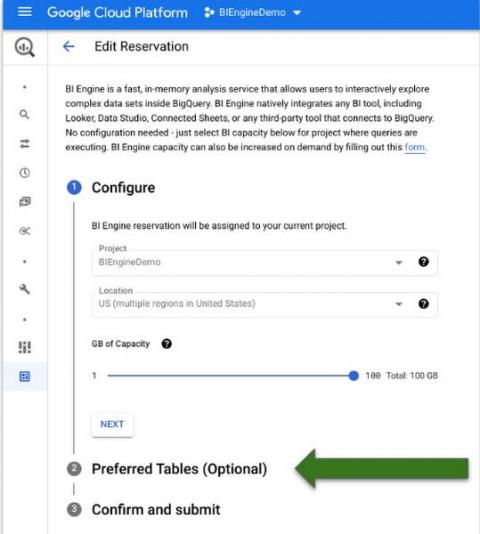Best practices of migrating Hive ACID Tables to BigQuery
Are you looking to migrate a large amount of Hive ACID tables to BigQuery? ACID enabled Hive tables support transactions that accept updates and delete DML operations. In this blog, we will explore migrating Hive ACID tables to BigQuery. The approach explored in this blog works for both compacted (major / minor) and non-compacted Hive tables. Let’s first understand the term ACID and how it works in Hive. ACID stands for four traits of database transactions.


